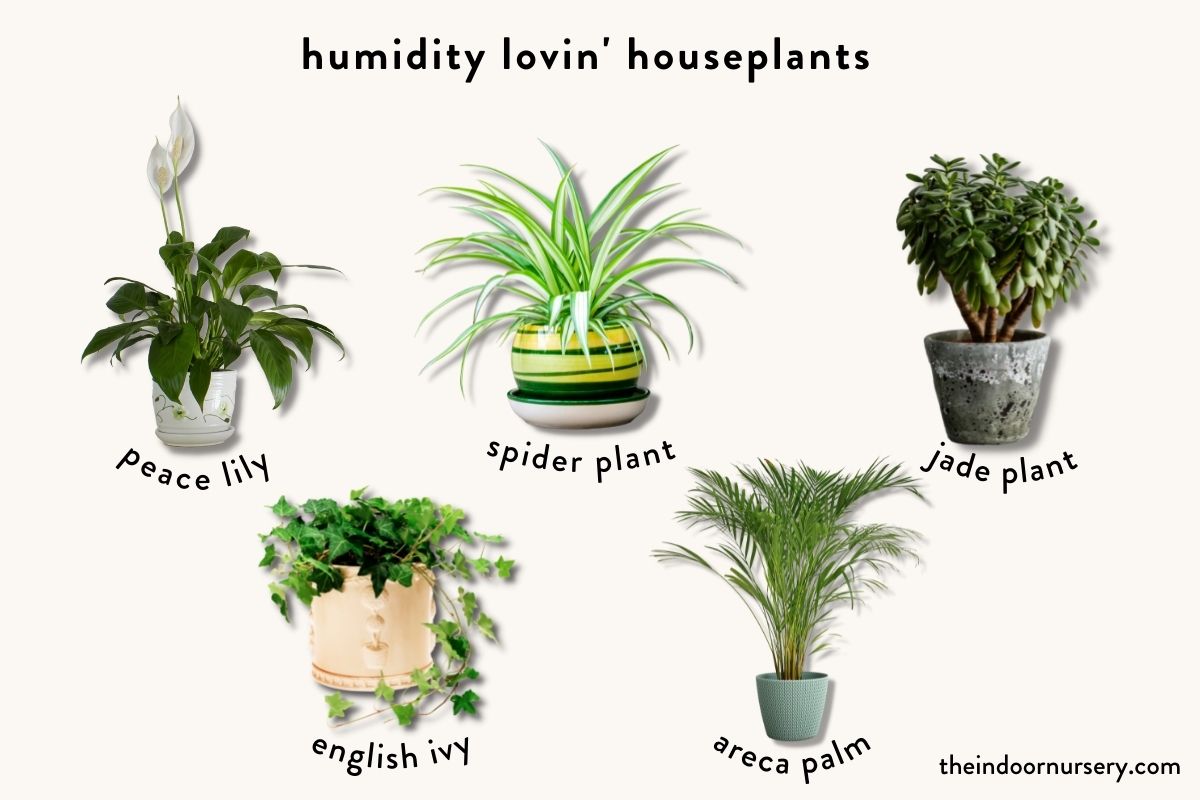Humidity-Boosting Plants That Truly Improve Your Home’s Air Quality

Dry indoor air is more than just a minor annoyance—it’s the kind of thing you don’t notice until your skin starts feeling tight, your nose gets scratchy, and static electricity turns every handshake into a trap. I’ve lived through enough winters in drafty apartments to know that running the heater all day sucks the moisture out of everything: your body, your furniture, even your sanity.

Yes, mechanical humidifiers exist. I have three in my closet right now—one broke after a season, one was a pain to clean, and the last left puddles on my nightstand. So I switched tactics: houseplants. They don’t beep at 3am or grow slime if you forget them for a week.
Let’s get straight to how this works.
Here's where How Plants Actually Add Humidity (No Magic)
It comes down to transpiration—plants pull water up from their roots and “exhale” it as vapor through tiny pores in their leaves (stomata). If you’ve ever noticed condensation on a window near your jungle of ferns, that’s not coincidence; they’re literally sweating out moisture. The effect isn’t instant and it won’t turn your home into a rainforest overnight, but grouped together, plants do make a measurable difference.
The Top Performers (and Why They Work)
Over years of trial and error (and a few crispy casualties), here are four that consistently deliver results with minimal fuss:
1. Boston Fern (Nephrolepis exaltata)
- Why: High transpiration rate—one mature fern can release up to 500ml of water per day under ideal conditions.
- Care: Keep soil damp but never soggy; these hate drying out completely.
- Pro tip: Hang it in the bathroom if there’s enough light—the humidity helps it thrive.
2. Peace Lily (Spathiphyllum)
- Why: Broad leaves = more surface area for transpiration.
- Care: Water when leaves droop slightly; too much sunlight scorches them.
- Extra: Flowers twice a year if happy—nice bonus.
3. Spider Plant (Chlorophytum comosum)
- Why: Tough as nails; keeps cranking out new shoots (“babies”) that also add humidity.
- Care: Tolerates forgetting to water, but does best with consistent moisture.
- Note: Non-toxic for pets—a major plus.
4. Areca Palm (Dypsis lutescens)
- Why: Large fronds move lots of water.
- Care: Likes bright indirect light and steady watering; repot once roots start pushing through the bottom.
If you want variety or need pet-safe options, spider plant and Boston fern are both solid choices. If you’re battling dry air in larger rooms, try clustering two or three big-leafed species together—this ramps up the effect without turning your living room into an actual jungle.

What You’ll Notice—and When
In my experience, expect subtle but real changes after about two weeks:
- Less static shock when touching metal
- Fewer nosebleeds or dry throats in the morning
- Wood furniture stops creaking and cracking
If you have an inexpensive hygrometer ($10 on Amazon), check humidity before and after adding plants—you’ll often see an increase of 2–5% in small spaces with just three medium plants grouped together.
Common Stumbling Blocks (and Fast Fixes)
1. Mold risk from overwatering?
Absolutely possible if pots sit in puddles. Solution: Use pots with drainage holes and always empty saucers after watering. Don’t let roots marinate—they rot fast.
2. Not seeing results?
Check leaf health first—dry tips mean underwatering or low humidity around the plant itself. Mist leaves every few days or set pots on pebble trays filled with water (the evaporation bumps up local humidity).
3. Low light?
Peace lilies and most ferns handle shade better than palms or rubber plants. Rotate clusters between brighter spots every week if necessary.
4. Kids/pets?
Stick to non-toxic varieties like spider plant and Boston fern if curious mouths are around.

Real Setups That Actually Worked
A few quick examples—not theory:
My first attempt: Jammed five small ferns onto one windowsill above a heater vent—bad idea! Most dried out within weeks because hot air baked them faster than I could water them.
What worked instead: Moved two ferns off the vent, grouped with one peace lily near my desk where traffic is lower and temperature steadier. Within ten days: less static shock on my chair and noticeably fewer morning sinus headaches.
Another case: My friend Alex has two cats who chew everything green except spider plants (apparently they taste terrible). Three hanging baskets later—no vet visits for nibbling toxic leaves, fewer complaints about dry eyes during winter movie nights.
Step-by-Step: Start Simple
- Pick two or three plants from above that fit your space—and lifestyle.
- Grab sturdy pots with drainage trays; indoor potting mix works fine.
- Plan where dryness bugs you most—a bedroom corner? Home office?
- Cluster plants there; keep soil moist but not soggy.
- For extra lift: set pots on trays filled with pebbles + water (just below pot base).
- Track changes weekly using either how you feel—or an actual hygrometer for numbers people.
Bottom line: You don’t need dozens of plants or fancy gear to fight dry air at home—a handful of well-chosen “humidity boosters” does what bulky appliances can’t: look good doing it… quietly!
Skip gimmicks; stick with what actually works—and enjoy watching both your space and comfort improve week by week as those green teammates get down to business.



